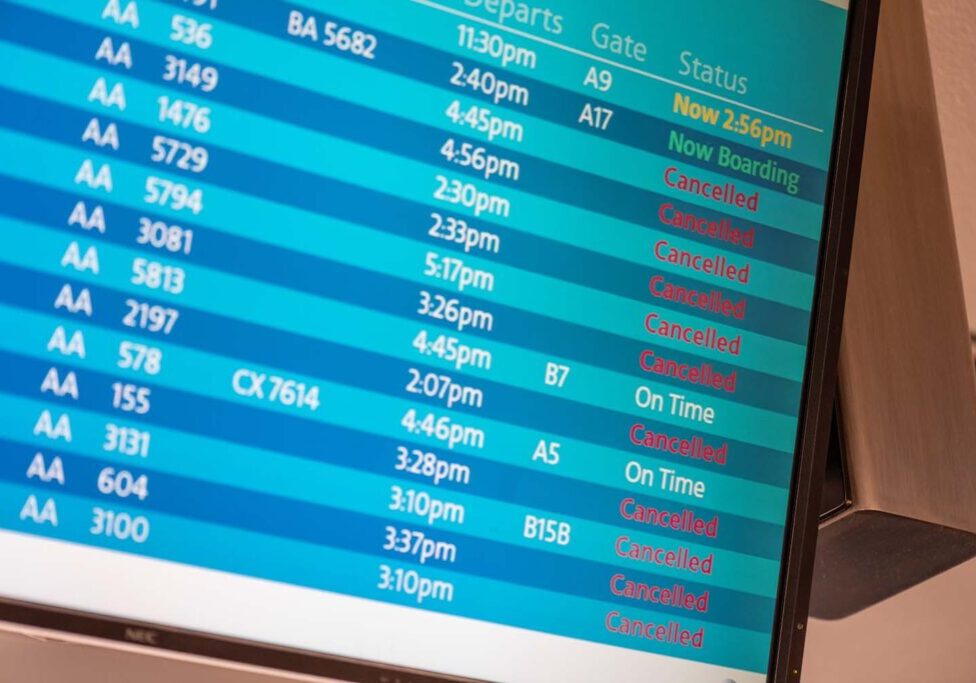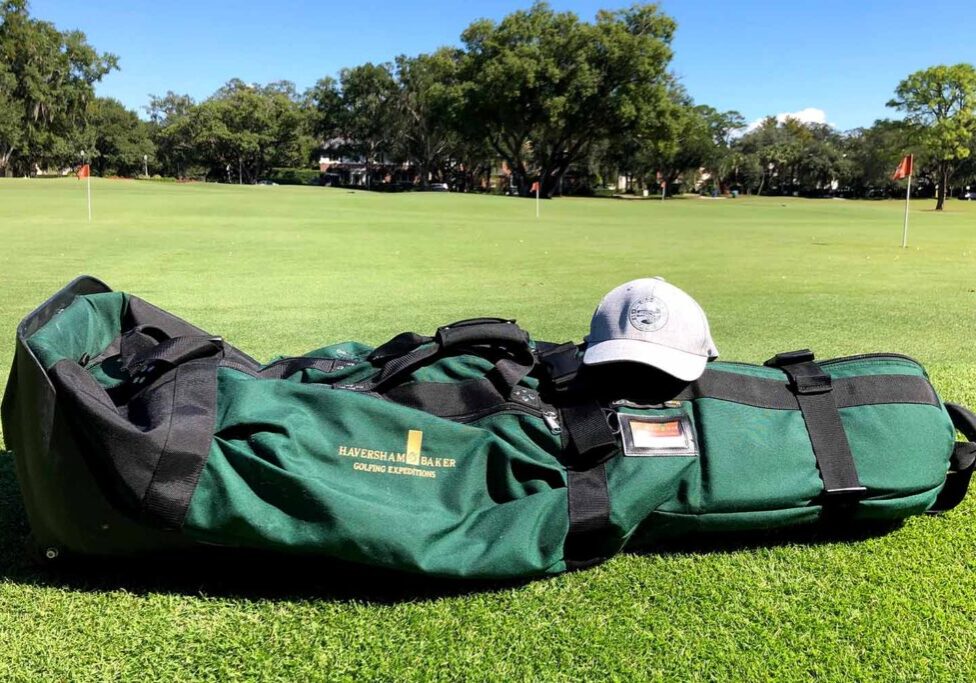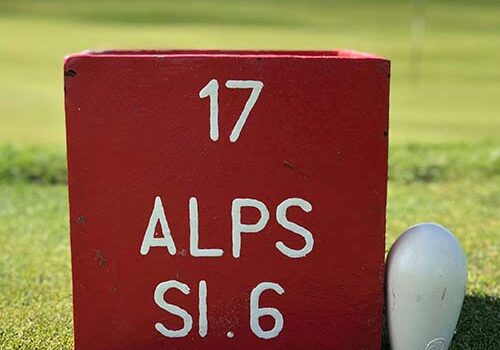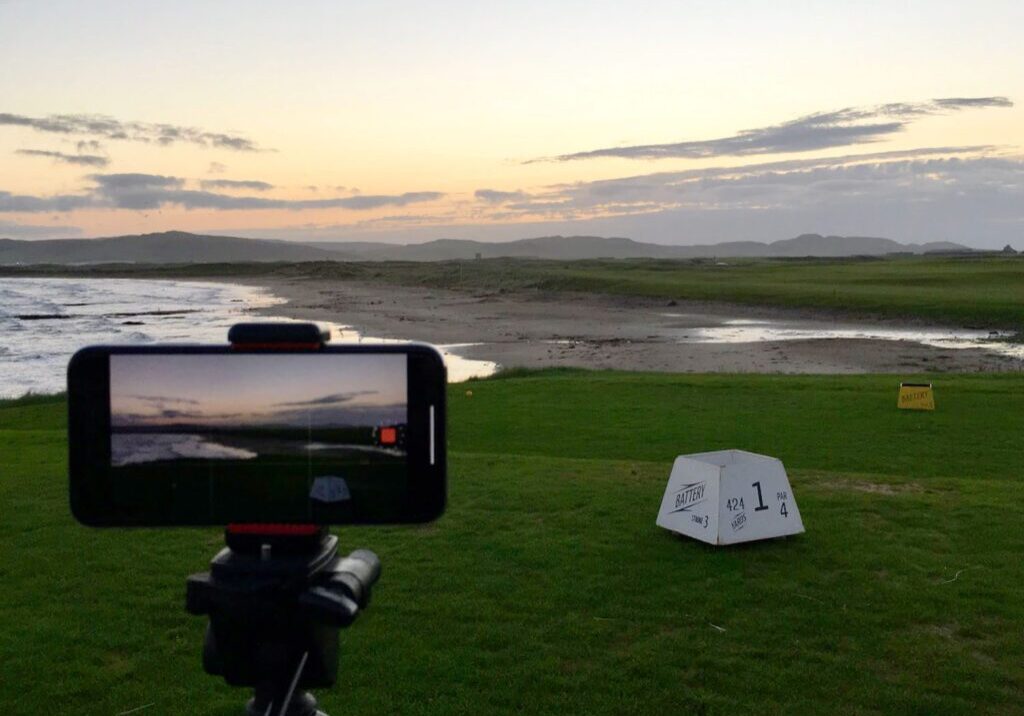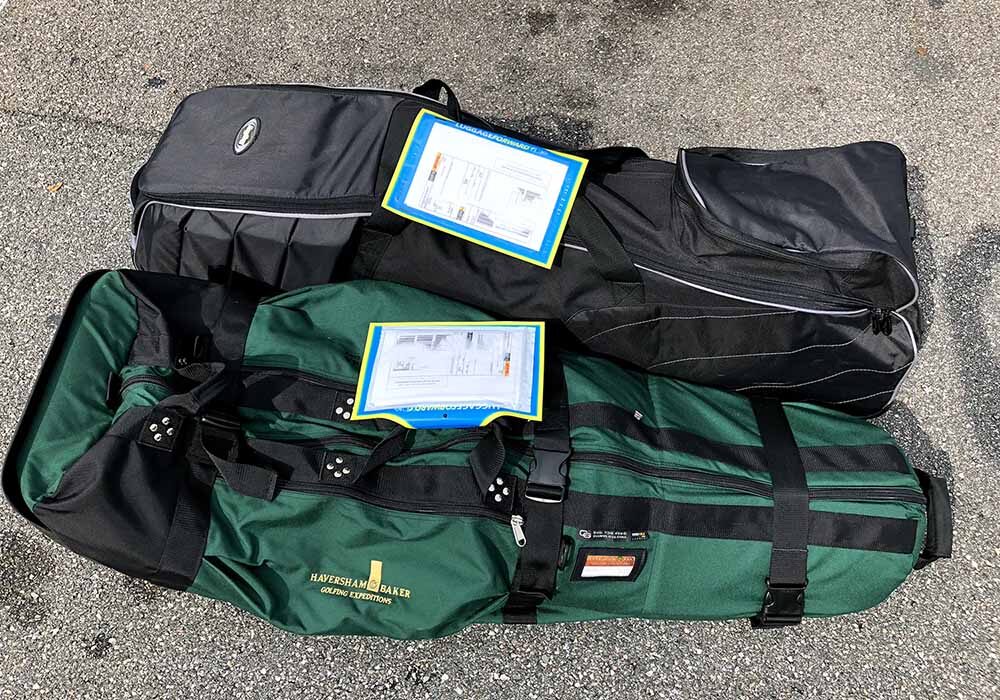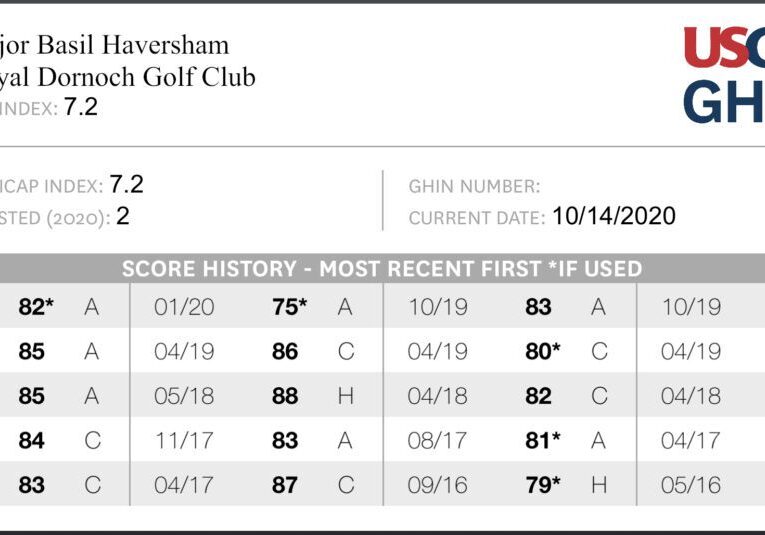
Flight Tips for Golf Trips to Scotland & Ireland
Essential Insight for the Flight Portion of Your Journey
The process of planning an overseas golf trip inspires no shortage of questions. From the cost of Scotland golf packages to how much to tip a caddie in Ireland, our Expedition Planning Managers have no doubt answered them all.
While many of those questions focus on the Golf and the Good Life, at some point, a key topic takes center stage: flights.
Although H&B does not book airfare as part of your Expedition, our Members seek our advice on the topic every single day. Below is the guidance we often share—built on decades of experience helping private club members arrive rested, ready, and with their golf clubs in hand.
Get Everyone on the Same Page
The logistics at the start of the trip are always easier if everyone flies together. But in reality, that's not always possible. Members may live in different parts of the country or choose to arrive early. That’s fine—as long as you talk about it beforehand.
What matters most is that the group:
- Flies into the same airport
- Arrives within a narrow window of time—ideally no more than 2–3 hours apart
This ensures your group isn’t scattered across multiple cities or left waiting half a day for a straggler’s later flight. It also allows your driver-host to keep everyone together for the journey to your first destination.
A good group captain will set these expectations early. Something as simple as:
“Fly into Dublin by 10:00 AM on July 6th, or arrive the day before.”
Clear guidance upfront will avoid a lot of arrival day frustration.
For more guidance on setting your group up for success from the moment you land, explore our in-depth guide to Arrival Day.
Status Isn't Everything
Many travelers have a preferred airline—whether it’s loyalty, points, or status perks that drive the choice. We get it.
But what matters most is that you and your luggage arrive on time and ready for the journey ahead.
A few extra miles or the chance at an upgrade won’t be worth it if your airline’s routing puts you on a tight or risky connection. That’s how missed connections and missing golf clubs start to enter the chat.
Bottom line: Match the flight to your itinerary. Not the other way around.
Choose the route that supports your arrival time, aligns with the rest of your group, and gives your trip the best chance of a smooth start.
Consider Your First Destination
Not all arrivals are created equal. Most flights from the U.S. land early in the morning, which pairs well with a short transfer, a bit of sightseeing, or even an arrival day round.
But if you're landing later in the day—perhaps due to a connection from Europe or the West Coast—it’s important to match your arrival time with your first destination.
Say you're flying into Dublin and your first stop is Portrush. If your flight lands at 7:00 PM, you'll have a multi-hour drive ahead. Add in customs, baggage claim, and loading up the coach, and you may not reach the hotel until well past midnight. Not ideal if you're due on the first tee the next morning.
Before you book, take a moment to look at the full picture:
Where are we going next? How long is the transfer? Am I really going to be up for it after this flight?
Connect Smart
When a non-stop flight to your destination isn’t available, the next best option is to connect in Europe or the U.K.—not on this side of the pond.
It may seem counterintuitive, but here’s why:
There are far more flights between European hubs and final destinations than there are from the U.S. So if your first flight is delayed or canceled, you have a better chance of finding an alternative overseas versus a domestic connection where there's often just one departure per day.
If you must connect, do it closer to your final stop. The extra options and flexibility just might save the first day of your trip.

Be Cautious with London, Paris, and New York
Speaking of connections... If you must connect through London Heathrow, Paris Charles de Gaulle, or New York JFK, build in plenty of extra time. These are high-volume, high-friction airports, and connections there can be unpredictable.
- Heathrow has a track record of delayed bags—especially golf clubs.
- Paris CDG is notoriously disorganized with customs.
- Delays out of New York's 3 major airports are well known, particularly Newark of late.
If these are your only option, allow two to three hours minimum for your layover. The key is to give yourself enough margin to recover from any hiccups.
Allow Extra Time for Layovers
Here’s the thing: You’ve looked forward to this trip for a long time. You've counted down the days. You've made a meaningful investment.
The last thing you want is to miss the start of your trip because of a missed connection. So whatever your routing—whether you're going through a difficult airport or not—build in extra time.
Yes, a longer layover might not be ideal. But compared to the stress of scrambling for alternatives—or worse, missing your first day altogether—it’s a small trade-off.
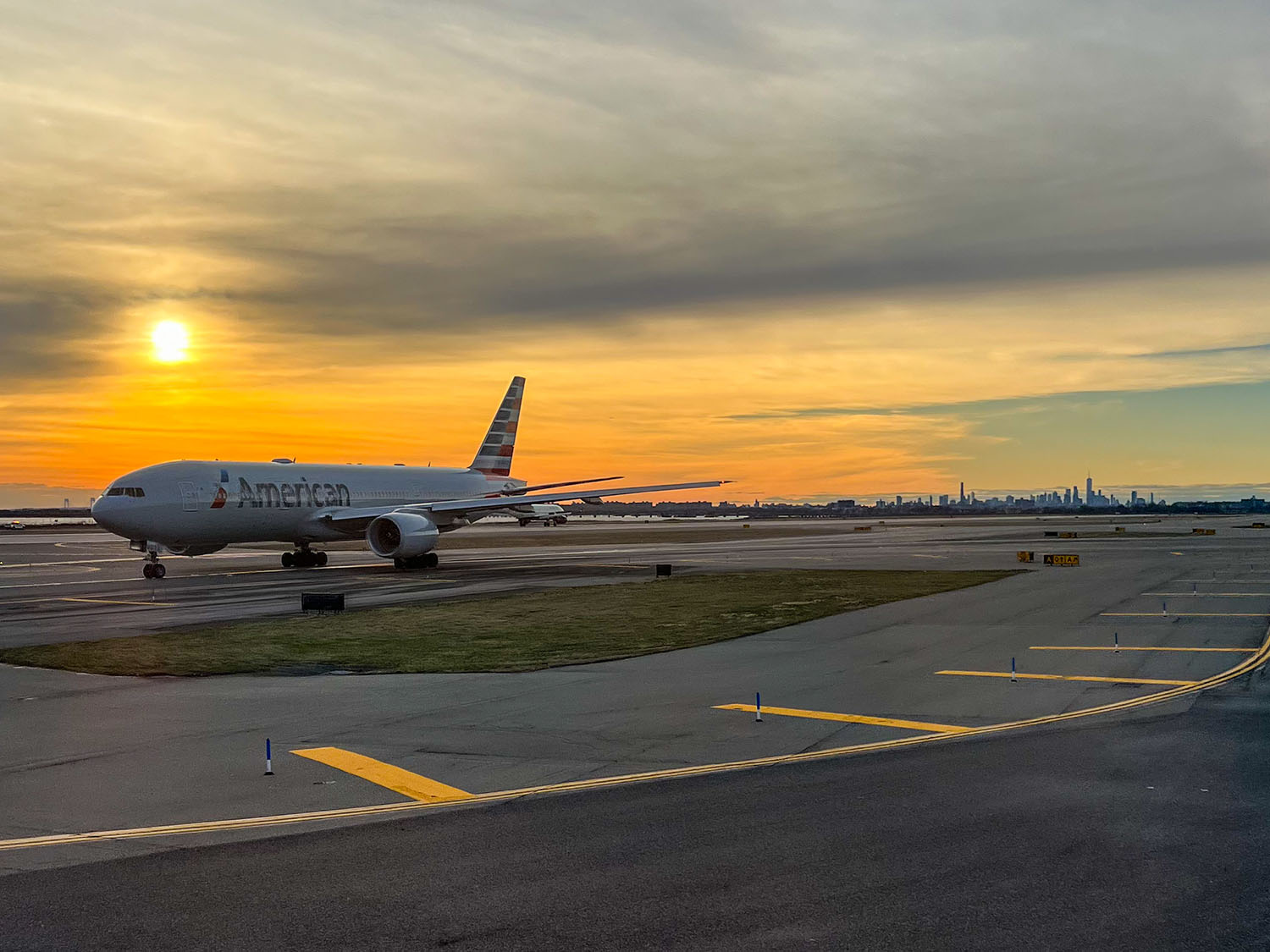
Ship the Clubs
No matter how good your connection is, shipping your clubs ahead is still a great way to ensure they arrive.
Plenty of our Members do it every year, and for good reason. The convenience of not dealing with the golf bag at the airport, and the peace of mind of knowing your clubs are waiting at the hotel, are worth the cost.
If you do check your clubs, make as few connections as possible and toss in an AirTag or similar tracking device. If your golf bag is delayed, you'll likely have a better idea on its location than the airline.
Go a Day Early
If there’s one consistent failsafe to anything related to flights, it’s this: Go a day early.
Especially if you’re flying from the West Coast, dealing with multiple connections, or traveling during peak season. That buffer might save the day.
At worst, you gain peace of mind. At best, you get a free day to explore, dine, or unwind before your first round. Either way, it’s worth considering.
All it costs is an extra night at the hotel. The return on that investment? A smoother start, more time to acclimate, and fewer logistics to worry about.
Don't Overlook Your Last Stop
Most travelers spend so much time thinking about arrival day that they forget the last one. But your final stop deserves just as much attention.
If your Expedition ends in The Highlands, Portrush, or Killarney—and your flight departs from Dublin or Edinburgh at 7:00 AM—that return day will be anything but relaxing.
A 2:00 AM wake-up, a long transfer, and a sprint through security isn’t the right way to end the trip of a lifetime.
If your final destination is some distance from the airport, consider:
- Flying out later in the day
- Adding an extra night closer to the airport
- Wrapping the trip in a location that makes for a more convenient departure
A strong finish matters just as much as a smooth start.
Last Call
The flight portion of your journey might feel like a separate task from planning the rest of your Expedition—but in reality, the two are inseparable.
The right itinerary only works if your flights are aligned with it and the rest of your party. And the smoothest experience depends on a few well-timed decisions made long before you ever take off.
Choose routes that align with your plans—not just your airline status. Give yourself extra time for layovers. Coordinate arrivals. And when in doubt, arrive a day early.
Because when the journey begins and ends smoothly, everything else feels that much more rewarding.

Download Your Complete Guide to The Home of Golf
The Complete Guide to
Scotland Golf Travel
What's covered in this free 40+ page guide:
- The best regions for golf in Scotland.
- Old Course at St. Andrews tee times.
- Where to enjoy the Good Life between rounds.
- Lesser known courses you should play.
Plus links to over 50 additional guides and resources.
By downloading up you agree to receive marketing communications from Haversham & Baker and have read our privacy policy.
Additional Reading
Visit the Yardage Book for More Golf Travel Resources
Discover More of Golf at its Finest with H&B









